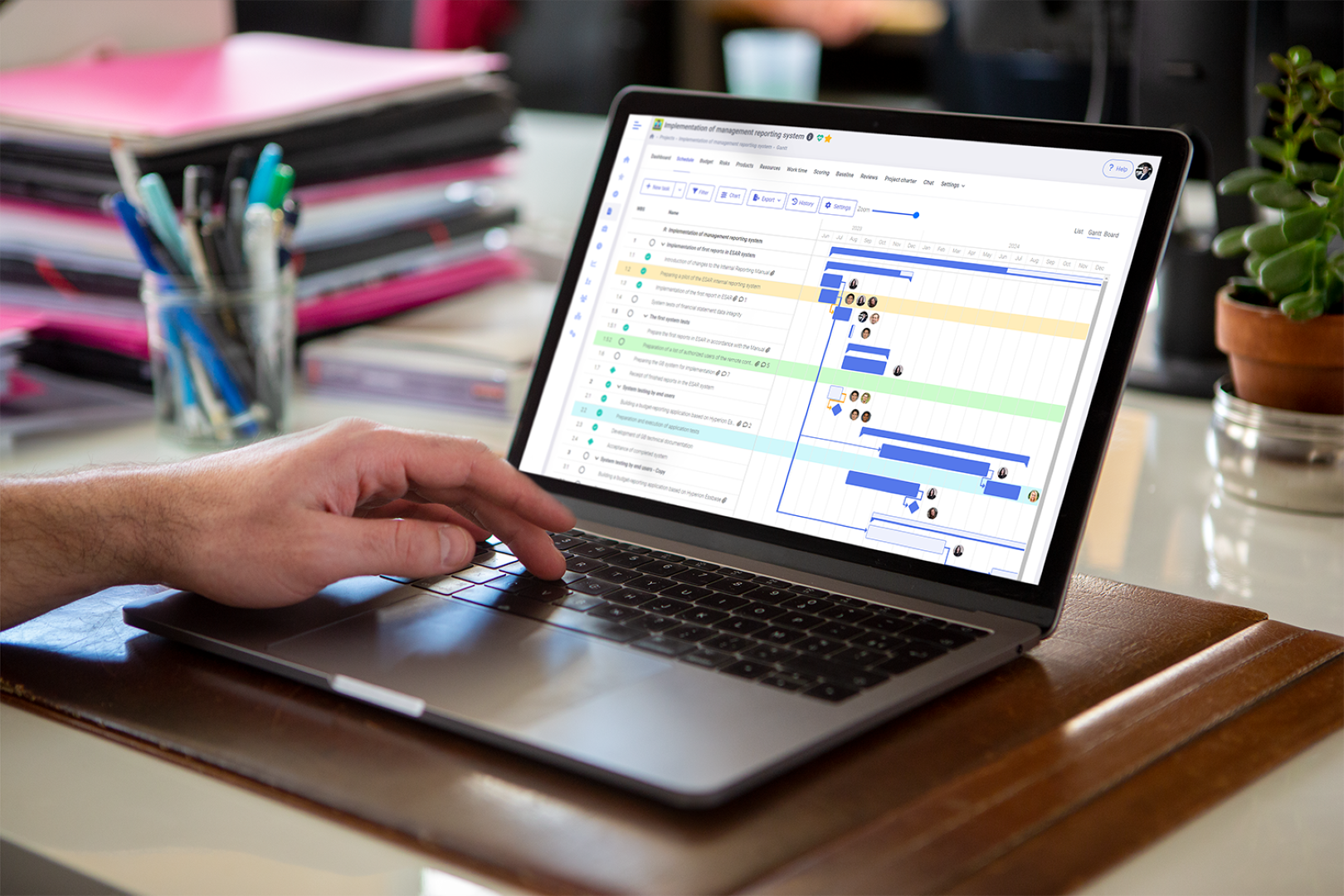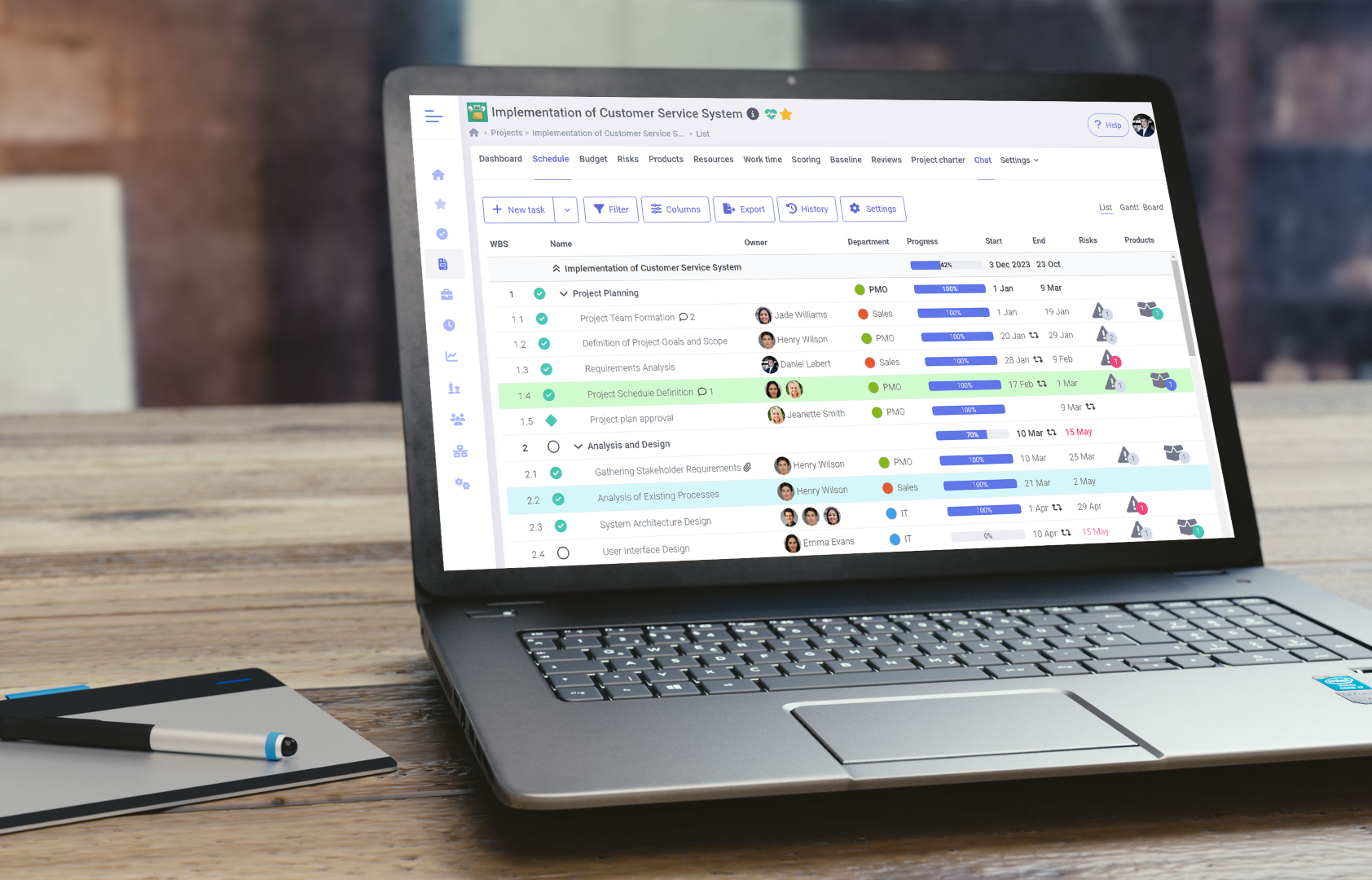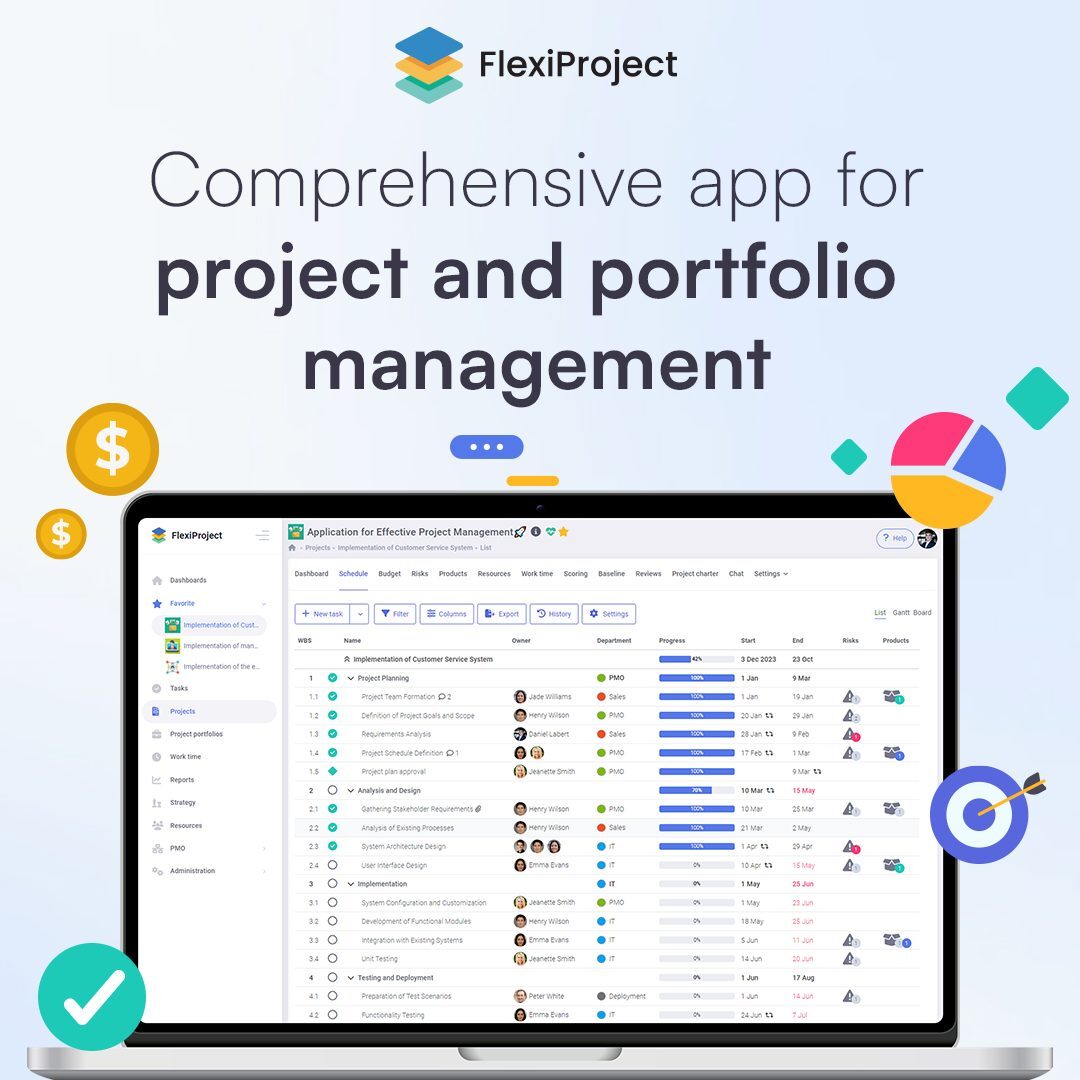In the relentless pursuit of efficiency, project teams are constantly evaluating tools and methodologies. Agile frameworks have surged in popularity, fostering adaptability and rapid iteration. Yet, amidst the dynamic landscape of modern project management, one classic tool continues to prove its enduring value and, in many ways, leads the charge in 2025: Gantt chart software. Far from being an relic, modern Gantt charts have evolved into sophisticated instruments essential for digital teams navigating complex projects. They offer a unique blend of clarity, control, and strategic foresight that even the most advanced agile boards often struggle to provide on their own.
The Enduring Relevance of the Gantt Chart
For decades, the Gantt chart has been the bedrock of project planning. Its power lies in its visual representation of a project schedule, showing tasks, their durations, dependencies, and progress over time. In a world craving simplicity and transparency, this visual clarity remains unmatched. However, its continued dominance in 2025 isn't due to tradition; it's due to radical evolution. Modern Gantt chart software has shed its rigid, static image, transforming into dynamic, interactive, and highly collaborative tools that cater to the demands of today's digital project teams.

The core value propositions of the Gantt chart, now amplified by technology, are more critical than ever:
- Clarity on the Critical Path: Quickly identify the sequence of tasks that directly impact the project's end date. This is invaluable for prioritizing efforts and mitigating potential delays.
- Dependency Management: Visualize how tasks rely on each other, preventing bottlenecks and ensuring logical workflow.
- Resource Allocation Visibility: Understand who is doing what, when, and if they are over or under-allocated, enabling balanced workloads.
- Progress Tracking at a Glance: See exactly where you are against your plan, providing immediate insight for stakeholders.
- Scenario Planning and What-If Analysis: Easily adjust timelines or resources to see the impact on the overall project schedule and cost.
Beyond Basic Visuals: The Modern Gantt Chart for Agile Teams
The misconception that Gantt charts are antithetical to agile methodologies is increasingly being debunked. In 2025, leading modern Gantt chart software for agile teams integrates seamlessly with agile workflows, providing a crucial long-term roadmap that complements short-term sprints. While Kanban boards and Scrum backlogs excel at managing immediate tasks, they often lack the macro-level view of a multi-month or multi-year program. This is where the modern Gantt chart steps in.

Consider a large-scale product development effort. Agile teams manage their sprints, but a Gantt chart can illustrate the overall release roadmap, showing key milestones, cross-team dependencies, and the overarching timeline. It provides the "big picture" context for individual sprints, ensuring that agile efforts collectively contribute to the strategic objective. This hybrid approach – agile for execution, Gantt for strategic planning and dependency mapping – is proving to be the most effective for complex digital initiatives.
For a detailed understanding on how to create a Gantt chart – step-by-step guide, resources are readily available to help teams harness this powerful visualization tool.
Driving Efficiency with a Modern Project Management System
The efficiency benefits of modern Gantt chart software extend far beyond simple scheduling. When integrated into a comprehensive project management system, they become powerful drivers of operational excellence:
- Enhanced Stakeholder Communication: Gantt charts offer a universally understood visual language for project progress. They provide executives, clients, and team members with a clear, concise overview, reducing miscommunication and increasing confidence.
- Proactive Risk Management: By clearly showing dependencies and critical paths, the software highlights potential bottlenecks or delays before they become problems. This allows project managers to take proactive measures, saving time and resources.
- Optimized Resource Utilization: Visualizing resource allocation across different tasks and projects helps prevent overload for key team members and identifies underutilized capacity, ensuring maximum efficiency.
- Accurate Forecasting: With precise tracking of progress and remaining work, modern Gantt charts enable more accurate forecasting of project completion dates and potential cost implications, crucial for strategic planning.
- Seamless Collaboration: Today's Gantt software isn't just for one person. It's built for real-time collaboration, allowing multiple users to update tasks, leave comments, and track changes, fostering a truly collaborative environment.

Platforms like FlexiProject exemplify a modern project management system for digital teams that integrates sophisticated Gantt chart capabilities. They offer not just visual scheduling but also robust resource management, financial tracking, and portfolio-level insights, all powered by a dynamic Gantt view that adapts to your needs.
The Future is Integrated and Visual
In 2025, the demand for efficiency isn't just about doing things faster; it's about doing the right things, correctly, and with clear visibility. While flexible methodologies are vital for iteration, they thrive when grounded in a comprehensive understanding of the overall project landscape. This is precisely what modern Gantt chart software provides. It offers the strategic clarity needed to steer complex projects, optimize resource allocation, and communicate progress effectively to all stakeholders.

Rather than being replaced, the Gantt chart has evolved to complement and enhance agile practices, providing the crucial long-term perspective and dependency mapping that keeps large-scale digital initiatives on course. For project teams aiming to truly rethink and elevate their efficiency, embracing a powerful, integrated Gantt chart solution is not just an option—it's a leading strategy for success in the digital age.







